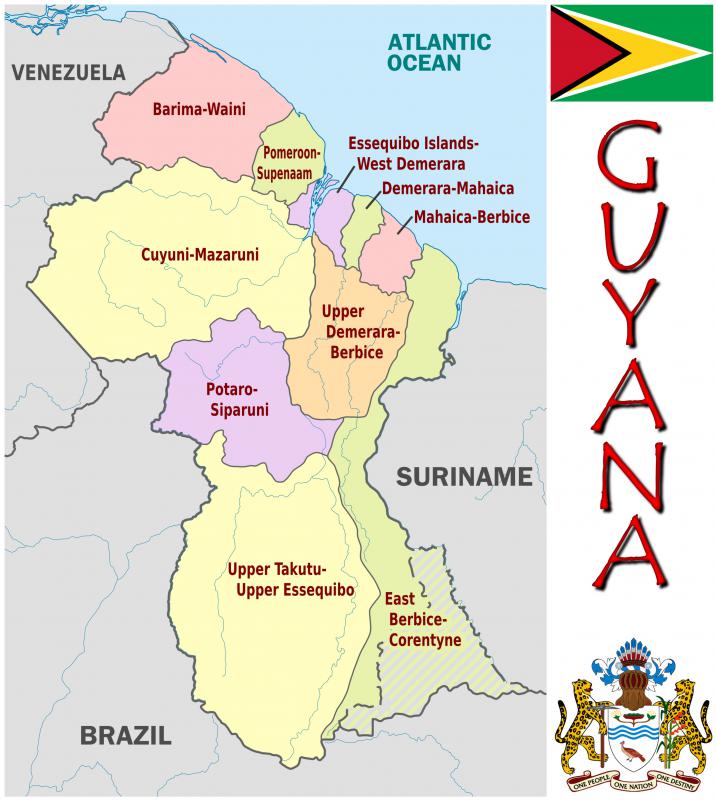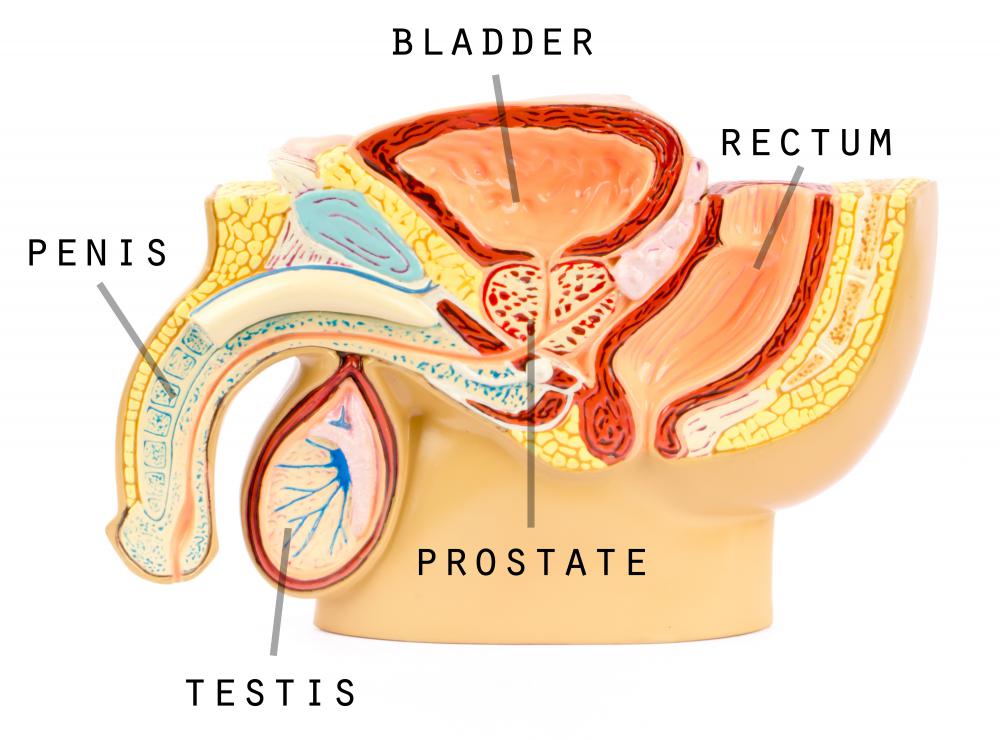At WiseGEEK, we're committed to delivering accurate, trustworthy information. Our expert-authored content is rigorously fact-checked and sourced from credible authorities. Discover how we uphold the highest standards in providing you with reliable knowledge.
What is Granuloma Inguinale?
Granuloma inguinale is a sexually transmitted bacterial disease that affects the skin of the groin. Granuloma inguinale typically causes red lesions to appear on the genital, anus, and inguinal folds, where the legs attach to the trunk. If left untreated, this bacterium-related cutaneous condition can permanently scar the genitals, and even destroy the tissue of the genitals. Antibiotics can be used to treat granuloma inguinale, though the course of treatment can be long.
Calymmatobacterium granulomatis is the bacterium responsible for the sexually transmitted disease granuloma inguinale. It's considered a fairly rare STD, and is generally confined to subtropical and tropical regions, although the disease has been found in regions as diverse as Guyana, Southeast India, and the Southeastern United States. It spreads through direct sexual contact with an unprotected partner, usually vaginal or anal sex. Transmission of granuloma inguinale through oral sex is possible, but rare.

Symptoms of granuloma inguinale may appear one week to four months after contact with an infected partner, and may include small, red, raised lesions on the genitals, anus, and inguinal folds. These lesions often have a chancroid appearance, especially when they first appear. As the disease progresses, the skin falls away and the bumps become more pronounced and inflamed. These nodules don't usually hurt, but can break open easily and often eventually become open lesions. These lesions typically grow larger over time as the disease spreads.

Without treatment, this disease eventually begins to destroy the tissues of the genital, anal, and inguinal area. The skin of the area can lose its color. Scarring can cause permanent swelling of the groin area. Granuloma inguinale can spread from the groin area to other parts of the body, causing further tissue damage, if left untreated.
Antibiotics are usually prescribed to treat this bacterial condition. They are usually taken for at least three weeks, but sometimes for as long as five weeks. Patients typically begin to see improvement within the first week. Most patients need to be tested again after the course of treatment is over. This condition can recur, even after medication is administered and all symptoms appear to have been resolved.
AS FEATURED ON:
AS FEATURED ON:














Discuss this Article
Post your comments